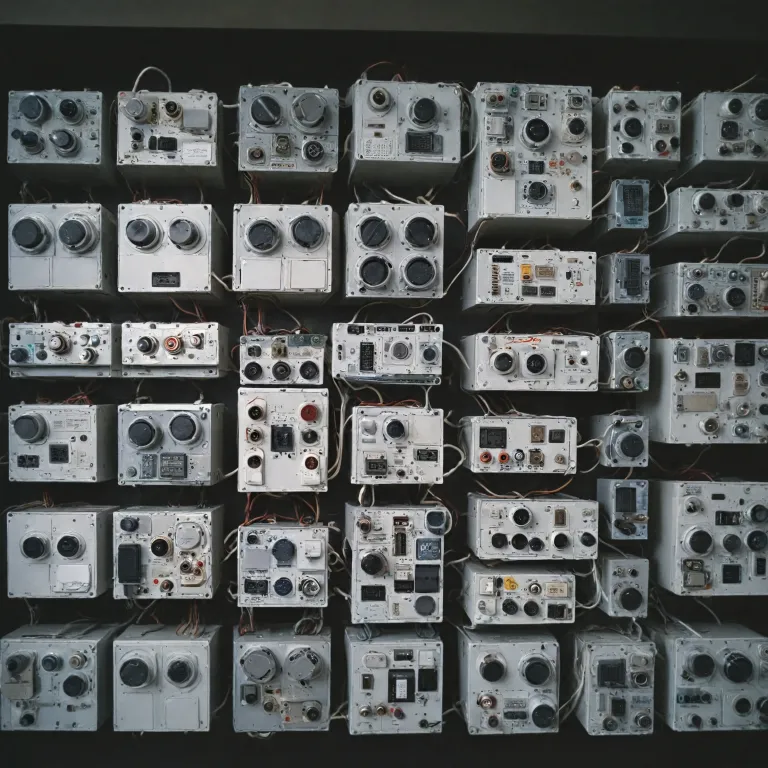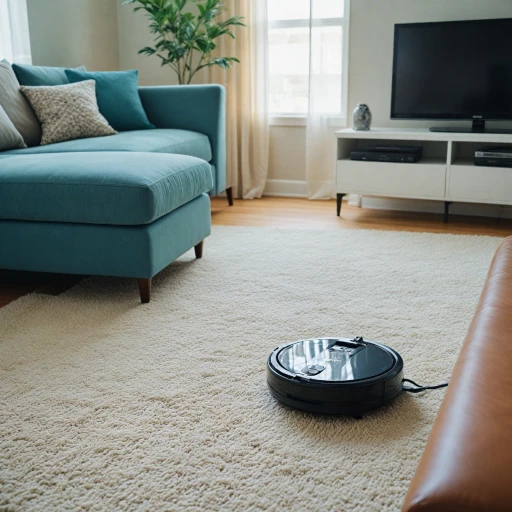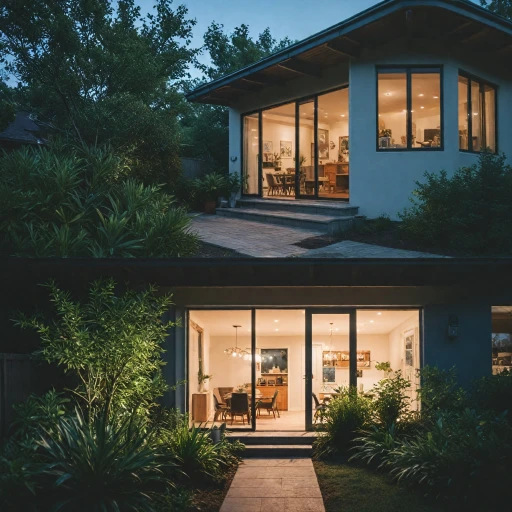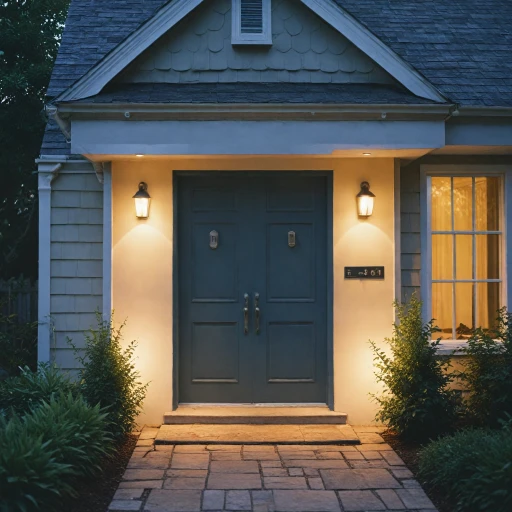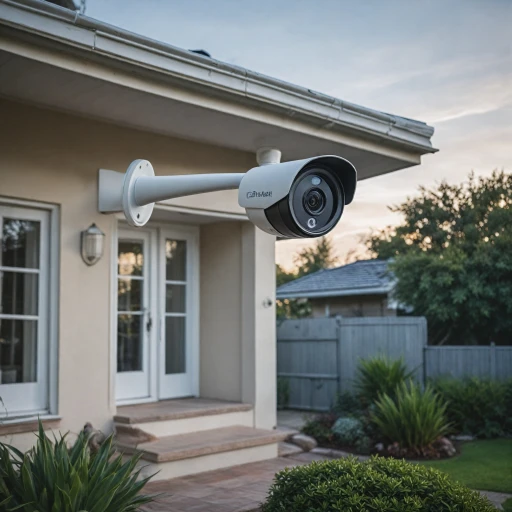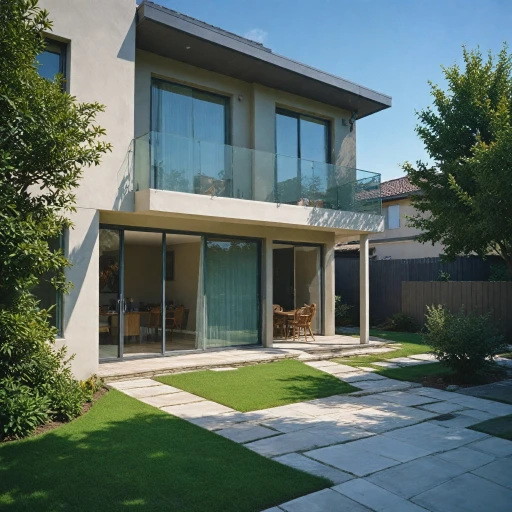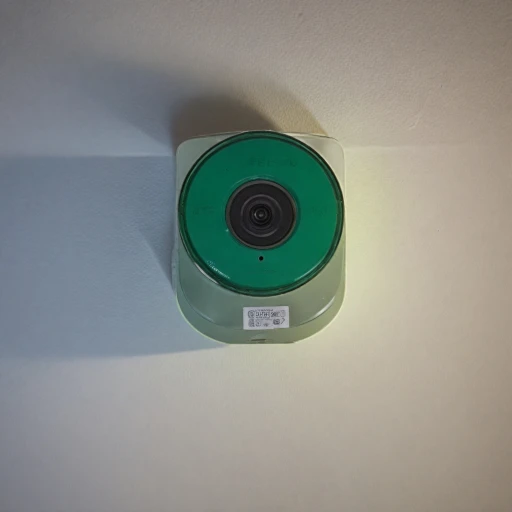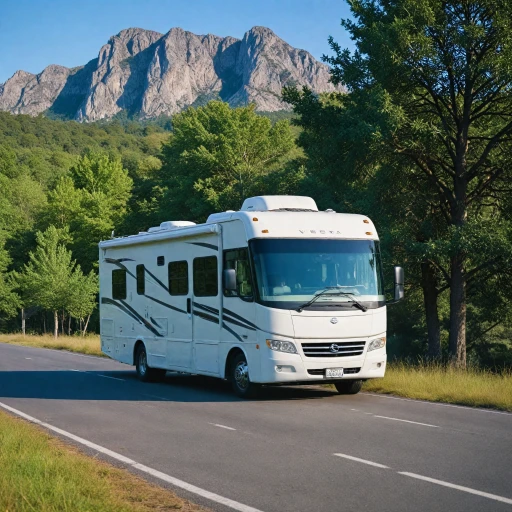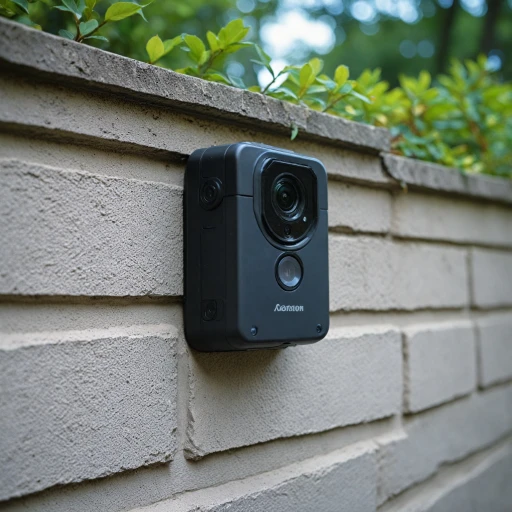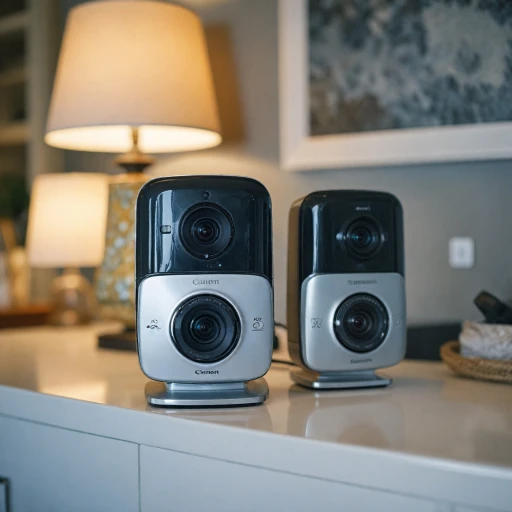
Types of Power Supply for Surveillance Cameras
Exploring Different Power Supply Options for Your CCTV Cameras
When setting up a CCTV system, understanding the power supply needs of your security cameras is crucial to their performance. Different cameras have varying power requirements, and choosing the right power supply not only ensures optimal functionality but also enhances the longevity of your system. To begin with, there are several types of power supplies commonly used in security camera systems:- Direct Current (DC) Power Supplies: These are perhaps the most widely used in residential and commercial camera setups. They are usually available in different amperages, which makes them versatile for different camera types.
- Alternating Current (AC) Power Supplies: Typically used for specialized camera systems like Pan, Tilt, and Zoom (PTZ) cameras. AC power supplies often require careful handling and installation due to the higher voltages they operate on.
- Power Over Ethernet (PoE): An increasingly popular choice for home and business security cameras, PoE delivers power and data through a single Ethernet cable. This simplifies installation and reduces cable clutter, enhancing the aesthetic appeal of your security setup. PoE is particularly beneficial for IP cameras and is supported by PoE switches or injectors.
- Power Distribution Boxes: These devices distribute power from a central source to multiple cameras, making them ideal for large-scale installations. They help in organizing power cables and can include fail-safes in case of power interruption.
- Individual Power Adapters: Each camera is equipped with its own power adapter, reducing the centralized power dependency. While they can be convenient for small setups, managing multiple adapters can become cumbersome.
Choosing the Right Power Supply for Your Needs
Factors to Consider in Selecting the Optimal Power Supply
Choosing the right power supply for your CCTV system is a crucial step in ensuring the reliable performance of your security setup. Here are some key aspects to consider:- Voltage and Amp Requirements: Ensuring your power supply meets the voltage and amp requirements of your security cameras is essential. Most CCTV cameras operate on 12V DC, but checking the camera specifications for exact amp requirements is necessary. Insufficient power can lead to malfunction or camera damage.
- Number of Cameras: The number of cameras in your system influences your choice. A larger setup may require a power distribution box, which can effectively manage multiple connections, reducing the clutter and inefficiencies of multiple adapters.
- Distance and Cable Length: Long cable runs may experience voltage drops. In such cases, Power over Ethernet (PoE) technology can be a smart choice. PoE supplies both data and power over a single Cat5/Cat6 Ethernet cable, simplifying installations and enabling seamless integration, especially for setups with PoE-compatible cameras.
- Weather and Environmental Factors: If your cameras are installed outdoors, consider weatherproof power supplies. Robust units can prevent issues such as overheating or moisture interference, ensuring longevity and reliability in harsh conditions. For assistance with weather resistance, ensure your system incorporates a solid outdoor-rated cable system.
- Future Scalability: Plan for expansion. Opt for a power supply with additional ports or capacity to support potential future cameras, reducing the need for complete system overhauls.
- Compliance and Certifications: Choosing NDAA-compliant components ensures adherence to certain quality and security standards, which is becoming increasingly important in security and surveillance applications.
Installation Tips for Power Supply Systems
Installation Strategies for Power Supply Systems
Setting up the power supply for your security cameras can seem daunting at first, but with careful planning and the right tools, it becomes manageable. Here are some practical tips to ensure a smooth installation:
- Assess Power Requirements: Before installation, determine the amp and voltage requirements for each camera. This step is crucial whether you're using traditional power adapters or more advanced POE (Power over Ethernet) systems, which consolidate power and data transmission into a single cable.
- Select the Appropriate Cables: Use cables that match the specifications of your camera systems. For POE, Ethernet cables are typically used, whereas BNC cameras may require coaxial cables. Ensure the cables are suitable for both the power demands and data transmission needs of your security cameras.
- Leverage Power Distribution Boxes: A power distribution box can centralize power supplies for multiple cameras, reducing the clutter of cables. This box can also simplify maintenance and facilitate easier troubleshooting.
- Position Power Supplies Strategically: Install power supplies like POE switches or supply boxes close to the camera system to minimize power loss over long distances. This positioning also aids in maintaining strong, consistent power distribution to all camera units.
- Verify NDAA Compliance: Given the importance of security standards, ensure your power supplies and peripherals comply with NDAA regulations. This compliance is essential for governmental and high-security environments.
Proper installation of power supply systems is vital for the seamless operation of your security system. For a deeper dive into security camera set-up and power management, consider exploring this detailed guide.
Common Power Supply Issues and Solutions
Troubleshooting and Preventing Power Supply Issues
When it comes to video surveillance systems, power supply issues can be a significant concern, potentially compromising the functionality and reliability of security cameras. Here are common issues and their solutions:- Insufficient Power Supply: Ensure the power adapter or the power supply you choose can handle the energy demand of your cameras or camera systems. Using a poe setup can help supply power efficiently to various devices through a single cable, which minimizes power insufficiencies.
- Voltage Drop: Over long cable runs, voltage drop can lead to underpowered cameras. It's essential to use appropriate gauge cable to maintain adequate voltage. A power distribution box can centralize the power supply, reducing the strain on far-reaching cameras.
- Overloading the Power Source: Check that the power supply's capacity matches the total power requirement of your camera system. Overloading can lead to premature wear or system failure. An upgraded power supply or splitting the load across multiple power outlets could be necessary.
- Loose Connections: Ensure all connections, from power ports to distribution boxes, are secure. Regularly inspect your cctv cameras and system for signs of wear or loosening, especially around the bnc cameras connections.
- Weather-Related Issues: If your cameras ptz are installed outdoors, weather conditions can affect the power supply. Ensure your power systems and supply box are adequately shielded or weatherproofed to prevent electrical shorts and equipment damage.
- Inconsistent Power Source: For stable performance, connect your camera system to a standard, reliable power source. Consider a backup power solution, like an uninterruptible power supply (UPS), to maintain functionality during outages.
Energy Efficiency in Surveillance Systems
Enhancing Energy Efficiency in Surveillance Systems
In today's environment, there is an increasing focus on enhancing energy efficiency within surveillance systems, particularly when it comes to powering security cameras. When examining various power options, it's essential to consider energy consumption and seek ways to minimize it without compromising performance.- Power over Ethernet (PoE): PoE allows for both power and data transmission over a single Ethernet cable, reducing the need for multiple cables and thereby increasing overall system efficiency. This integration supports not only energy savings but also simplifies the installation process.
- CCTV Power Supplies: Standard power supplies typically demand continuous power distribution, which can result in notable energy consumption. Opt for products that come with an efficient power adapter, ensuring that your camera systems consume only the necessary amount of electricity.
- Optimized Power Distribution: When designing your security camera system, consider the layout of power distribution. Utilizing a power distribution box with a low amp rating can regulate energy flow and reduce waste.
- Energy-Efficient Products: Look for security cameras and systems that are designed with energy efficiency in mind. Review specifications such as power consumption levels before adding items to your cart to ensure you select energy-conscious options.
Future Trends in Surveillance Camera Power Supply
Advancements in Power Supply Technologies for CCTV Systems
As technology continues to evolve, so do the power supply options for security camera systems. The focus is on enhancing efficiency, reliability, and sustainability, which directly impacts the performance of your surveillance cameras.Integration of PoE (Power over Ethernet): PoE is becoming a standard feature in modern camera systems. By transmitting power and data over a single Ethernet cable, PoE cameras significantly simplify installation, reducing the need for multiple cables and separate power supplies. This not only saves time and cost but also enhances the overall energy efficiency of the system.
Innovation in Power Distribution Solutions: New power distribution technologies are also emerging, such as advanced power distribution boxes and intelligent power supplies. These solutions offer improved diagnostics and remote management capabilities. They provide real-time monitoring of power consumption, which allows for proactive maintenance and troubleshooting. Such features ensure your security camera system remains operational without unexpected downtimes.
Emphasis on Energy-Efficient Systems
The push towards energy-efficient systems is a growing trend, with manufacturers rapidly improving the energy profiles of security cameras and their power supplies. Features like smart power management and low-power modes help in reducing the overall energy footprint of the systems. Adopting such technologies can lead to significant energy savings while maintaining the performance and quality of your camera surveillance.
Adoption of NDAA-Compliant Products
As security concerns heighten, more emphasis is being placed on utilizing NDAA-compliant cameras and accessories. These products meet specific government standards, which adds a layer of security and reliability to your system. Ensuring your power supplies and cameras are NDAA compliant can be crucial for certain high-security environments.
In conclusion, as innovation in power supply technologies continues, aligning your choice with modern trends will ensure that your security systems are not only effective but also future-ready. Enhanced power supply technologies pave the way for improved security, easier installation, and higher energy efficiency in CCTV and security camera setups.

